Facts about gin - and some recipes to boot. That's what we're offering this Saturday! Gin is an old, juniper-flavoured spirit that has become trendy in recent years. We like both Dry Martini and mixing with Tonic, and last Christmas we bought a bottle of Swedish Hernö. Now we've done some research too!
Facts about gin
Gin is a spirit drink with a distinct flavour of mainly juniper, but also coriander and citrus. According to Systembolaget, up to 120 different spices can be used, although usually around 6-10 are used. A common distribution is 40 per cent juniper, 40 per cent coriander seed, 10 per cent angelica root and 10 per cent other spices.
Here are some interesting facts about gin that you might not know. The information has been gathered from Systembolaget, Allt om vin, Tasteline and Wikipedia. Further down are Peter's top tips for Dry Martini and Gin & Tonic!
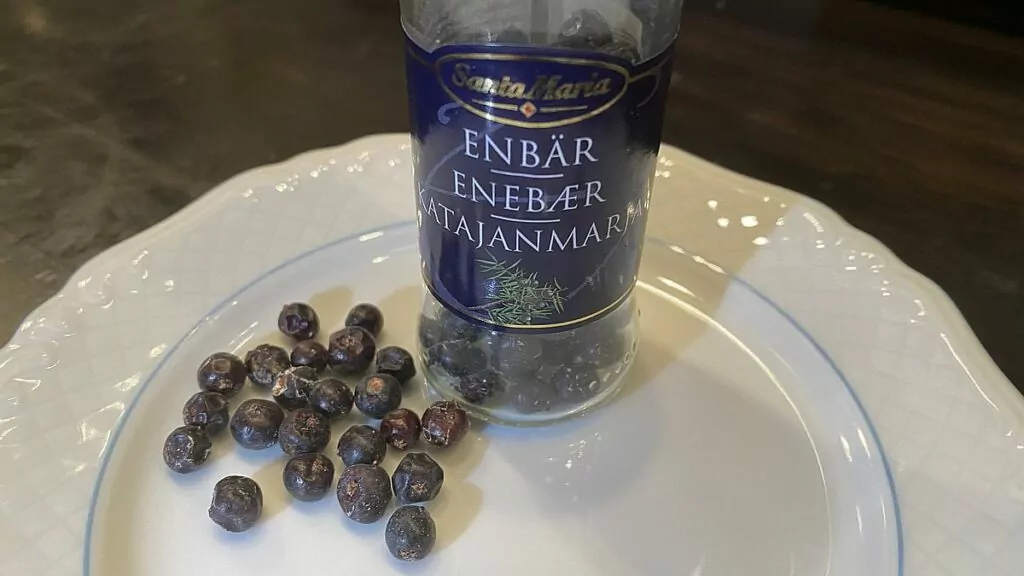
1. The name comes from the Latin word for juniper tree
The name comes from the Dutch word genever, which in turn comes from the Latin word juniper. Juniperus is the name of the genus Juniperus, and this genus includes the juniper.
2. The Dutch were the first to produce geneva
Liquor has its origins in the Dutch drink genever. It was invented in the 17th century by the physician Franciscus Sylviu, who believed it would be good for kidney problems, gallstones and gout.
3. The British adopted the drink - and named it gin.
It is said that the Dutch drank genever during the 30 Years' War to fortify themselves for battle. According to one version, the British noticed how brave the Dutch were with the drink, giving rise to the expression 'Dutch courage'. The British then brought the drink home and named it 'gin'.
4. There is a difference between gin and distilled gin.
The most common and cheapest way to produce gin is to pour essences into neutral spirits. If the drink is called 'Distilled Gin', the production process is different. This involves re-distilling spirits of at least 97 vol%, together with spices, to produce a drink with a minimum of 37.5 vol%. The drink is more expensive, but also has a more sophisticated flavour.
5. There are different types of distilled gin
London Dry Gin is a dry gin with distilled spices, without sweeteners. Old Tom is a sweeter type that can be described as similar to genever. Plymouth is sweet and strong in flavour. Rosegin has been infused with various berries and fruits. Sloe Gin is a blue-red liqueur laced with gin and sugar.
6. London Gin does not always come from London
Many spirits, such as brandy and tequila, must be produced in a specific geographical area to use the name. This is not the case for London Gin. It is the name of a type of drink that can be produced anywhere in the world.
7. is most popular in the Philippines
The UK is the typical gin country, but in terms of volume, the Philippines wins the race. According to several sources, the Philippines accounts for 43 per cent of global consumption of the drink. The most popular brand is Ginebra San Miguel, made by a Spanish distillery that started production in the Philippines in the 19th century.
8. Has been used as a medicine
When the drink was developed in the 17th century, the idea that it would help with various diseases was already in place. It is also said that gin with lime was used to treat scurvy in the 18th century. In 19th century India, British soldiers liked to mix the spirit with water, sugar and tree bark, which was said to contain quinine and protect against malaria. The result was something similar to Tonic, which later gave rise to a particular drink ...
9. Found in many popular drinks
You can, of course, drink it straight, but it has been particularly popular for mixing into drinks. Famous drinks include Gin & Tonic, Dry Martini, Tom Collins, Negroni, Aviation, French 75, Gimlet, Singapore Sling and Gin Fizz.
10. Adds flavour to cooking
If you google recipes, you will find some creative suggestions. For example, gin can be used to cure or marinate fish, to flambé or to flavour sauces. For example, how about gin and lime marinated chicken or venison fillet with lingonberries and gin?
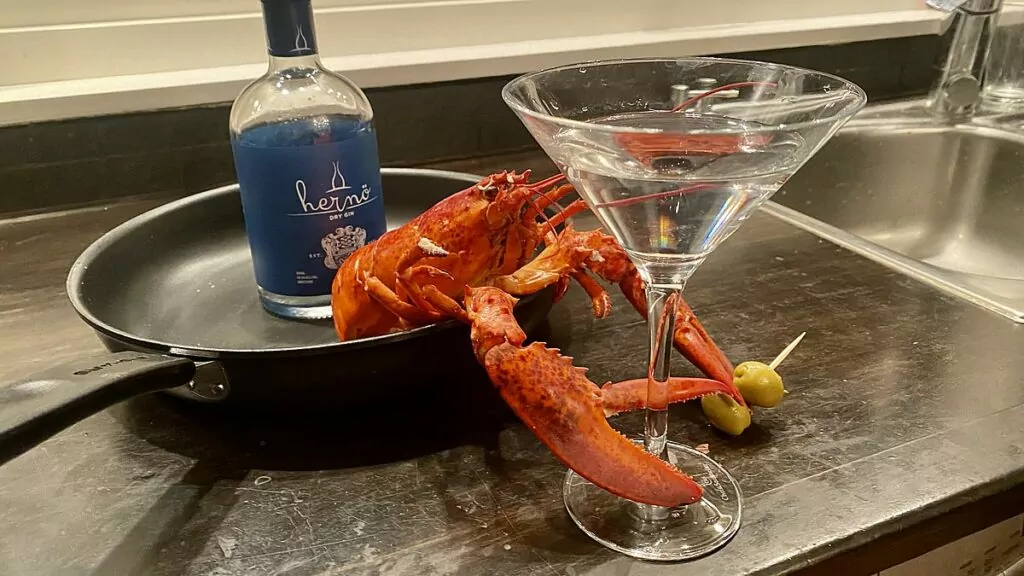
Dry Martini
One of the most classic drinks with gin is a dry martini. If you google it, everyone makes slightly differentBut now we'll tell you how Peter does it! He starts by pouring ice into each of the martini glasses, so that the glasses are chilled.
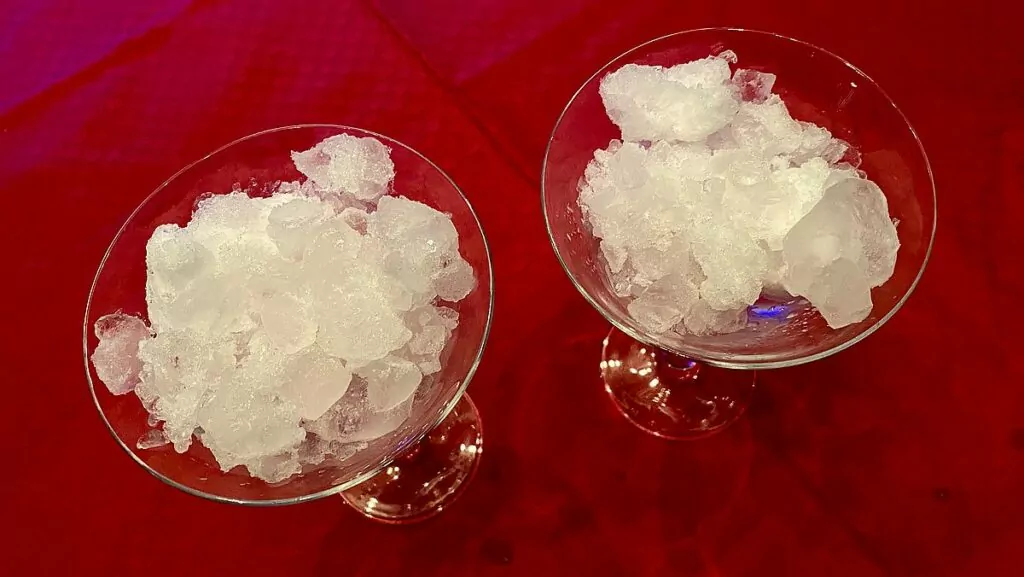
He then pours a little Noilly Prat (vermouth) into each glass to add flavour. He tends to stir the glasses a little so that they take on the flavour of the vermouth.
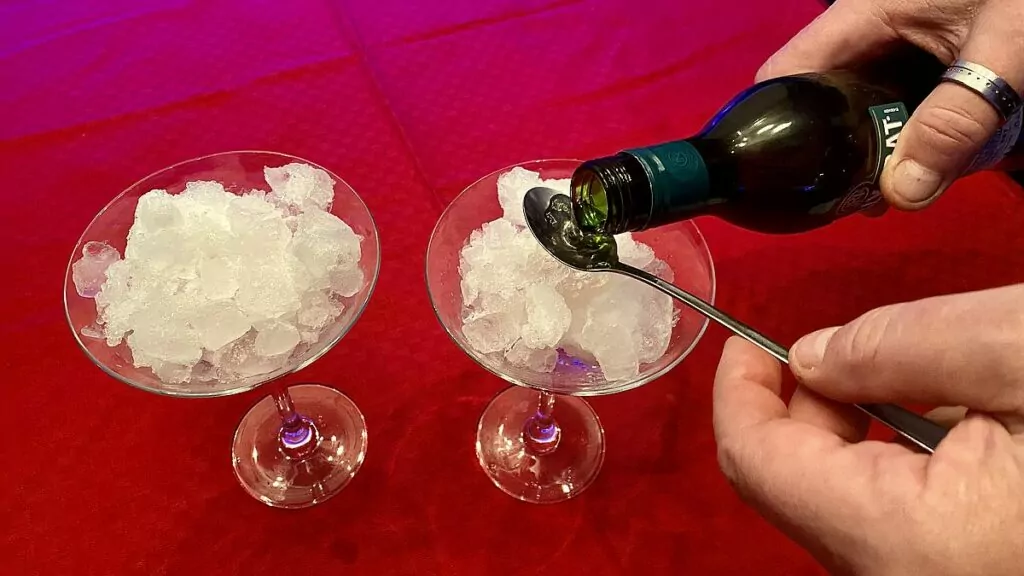
Then he pours out the ice. Some of the vermouth goes out in the process, but the flavour remains in the glasses.

Then it's time to pour the gin! You can choose different varieties. This Christmas we chose the Swedish version from Hernö, which is really good and has won awards as the best in the world.
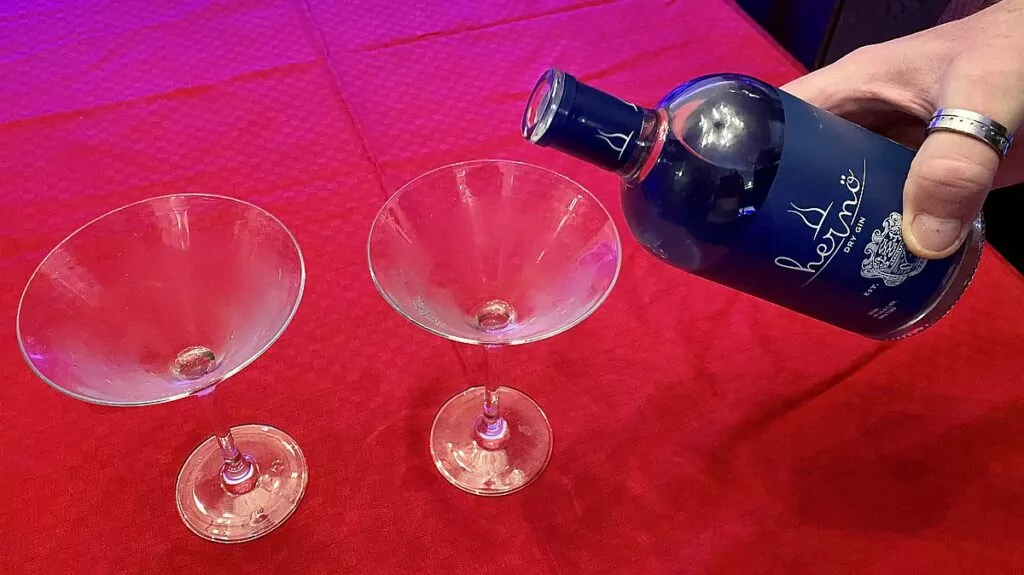
Finally, it's time to top it all off with two olive. Simple, but delicious!
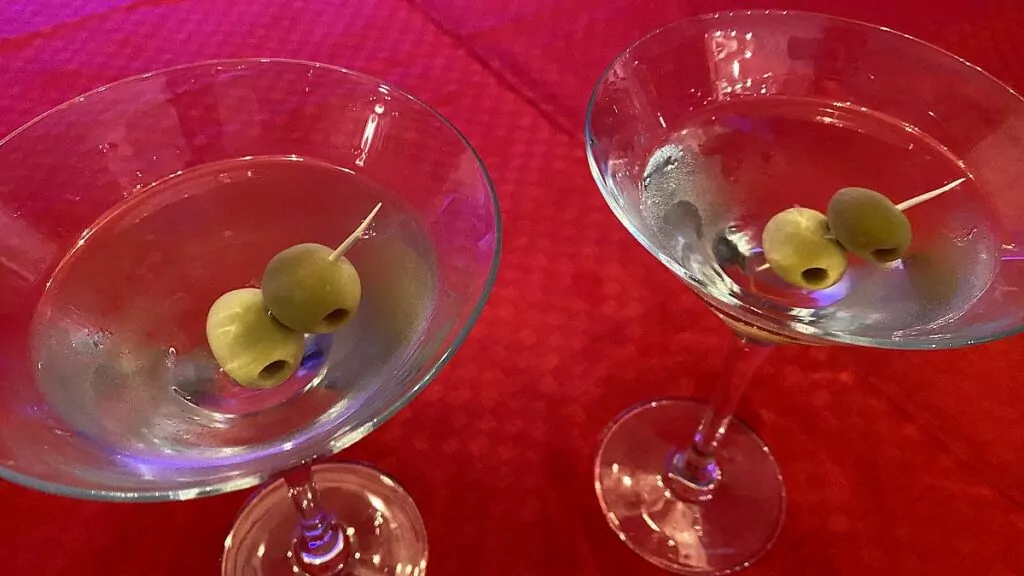
Gin and Tonic
Another favourite is Gin and Tonic, the spirit mixed with Tonic water. Recently, there have been an incredible number of varieties of Tonic water on store shelves, have you noticed? Note! We certainly don't want to advertise any particular variety, we just want to point out that we've noticed that the selection has become large.
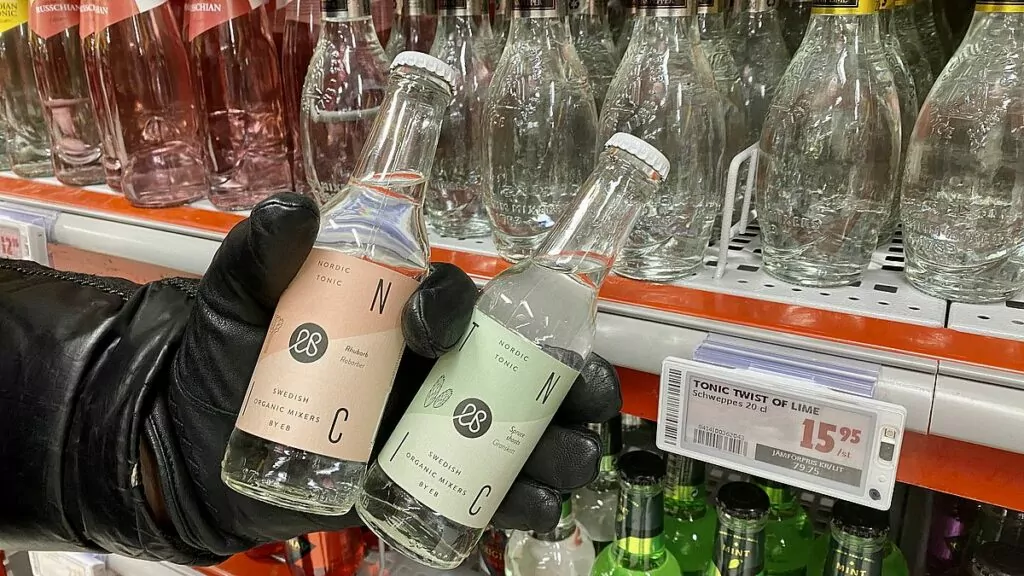
We've tried different brands and flavours, and many are excellent. You can choose from everything from spruce shoot flavour, rhubarb to elderberry flavour. Really good! Not cheap, but on the other hand you should keep the quantity down. Have you tried these? What do you like about them?
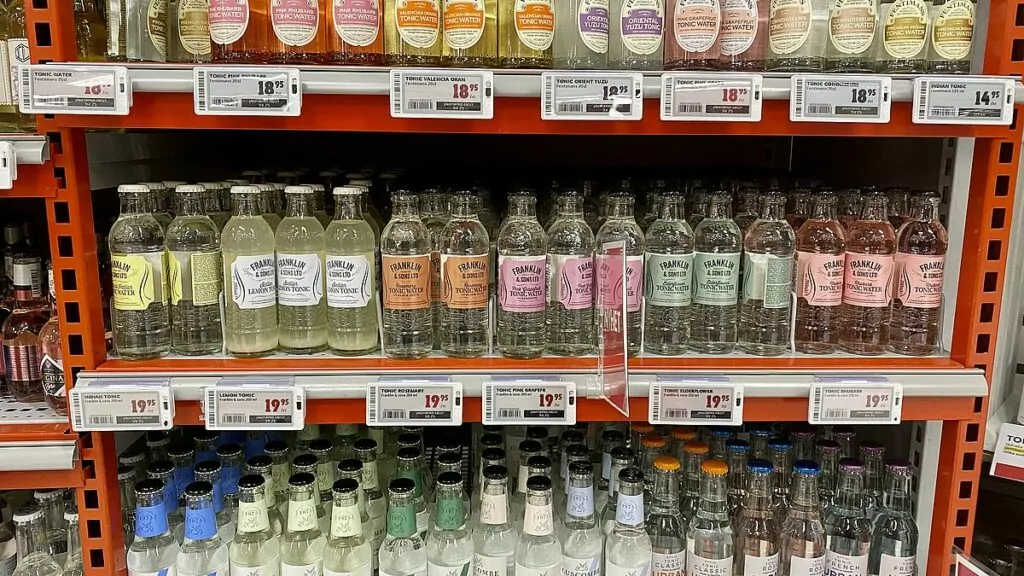


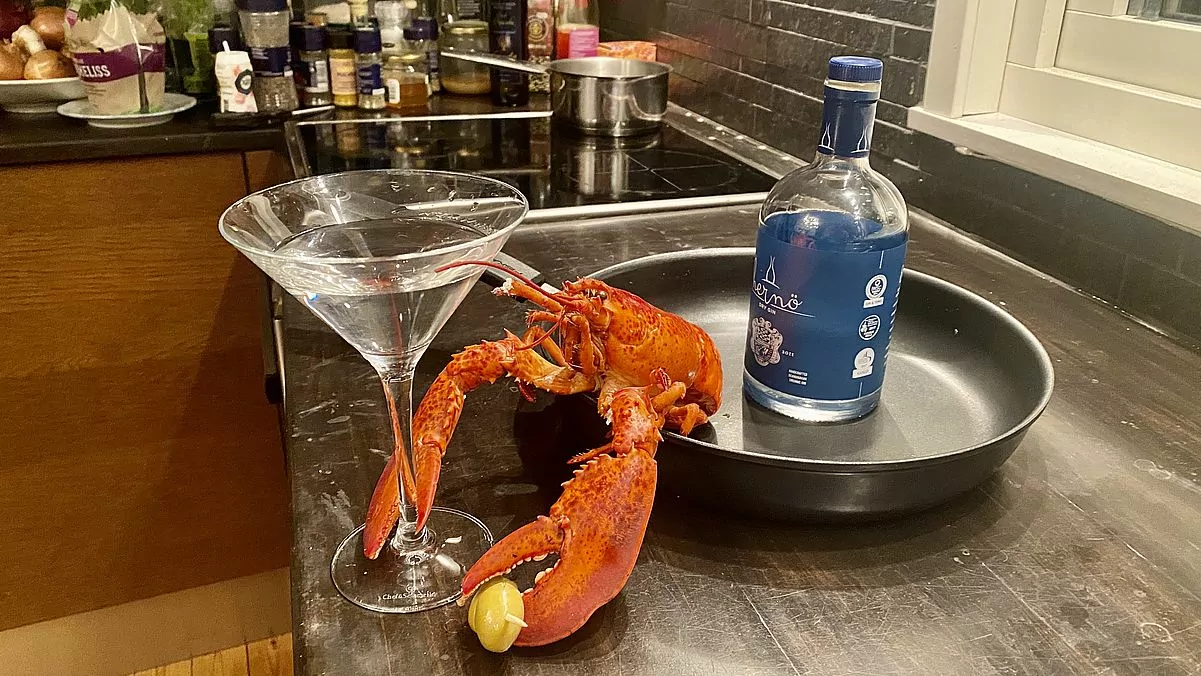








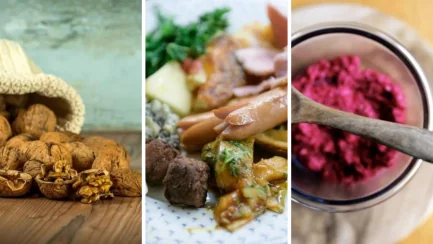






Ditte says:
Fun post! Gin is a bit of a favourite here and fun to try different varieties. We like Hernö gin and became equally fond of the gin we got to try when we visited Mackmyra this summer. They also produce gin. Another favourite is the fairly new Ålands Distillery gin, which is available here at the System as an order item.
We take a GT from time to time and just as you write, it is important for the flavour of the tonic you choose. We prefer a large one with less sugar in it.
Just yesterday I just dug salmon with gin. Will be tested today.
30 January 2021 - 9:41
Helena says:
Glad you liked it Ditte! And thanks for the interesting tips! Exciting with Ålands Distillery for example. And what a coincidence that you cooked salmon with gin just yesterday!!!!
30 January 2021 - 17:45
Solan says:
🍸Funny walkabout! Regular drinks with us are G&T, Negroni and Dry Martini.
Made an appreciated gin sill at Christmas. Now I'm going to google chicken with gin/lime.
Thanks for the tip! 🍋👍
30 January 2021 - 9:49
Helena says:
We don't really know about Negroni, but will probably try it at some point! Fun with ginsill! Nice weekend!
30 January 2021 - 18:40
BP says:
Gin is not one of my/our favourites. So I have not noticed that there is a plethora of new Tonic waters. Once again I can say that you learn a lot when you read blogs:-)
30 January 2021 - 17:16
Helena says:
Yes, but that's how it is, I can only agree, I always learn everything possible from blogs! 🙂
30 January 2021 - 18:41
Goatfish says:
Some news for me, gin lovers!
I like both GT and Dry Martini for a long time. Have tried many different kinds of gin. Right now I have a Beefeater at home. I have liked Sapphire very much. Did not know about the Swedish one, interesting, thanks for the info!
Hugs <3
01 February 2021 - 22:02
Ann says:
We went to a gin tasting when we were last in Edinburgh, super fun!
I was told that usually tonic is more expensive than gin 😛 .
02 February 2021 - 10:35
Lena - good for the soul says:
I like gin. Andreas doesn't so I have to keep the bottle to myself 😉 I actually usually have pork juice and carbonated water as a drink. Have never tried any of those tonics. Sounds like exciting flavours. Maybe I'll try it sometime 🙂 .
Hug Lena
02 February 2021 - 13:11
Elderberry boy says:
Yep! Homemade pork juice and carbonated water + gin = great!
02 February 2021 - 23:36
Rabato says:
I rarely drink alcohol, but dry martini is undoubtedly my favourite. An interesting article that I didn't even know many facts about.
03 February 2021 - 12:07